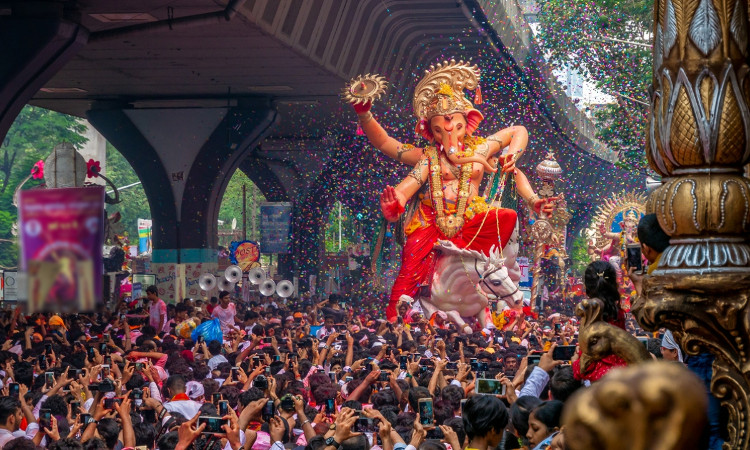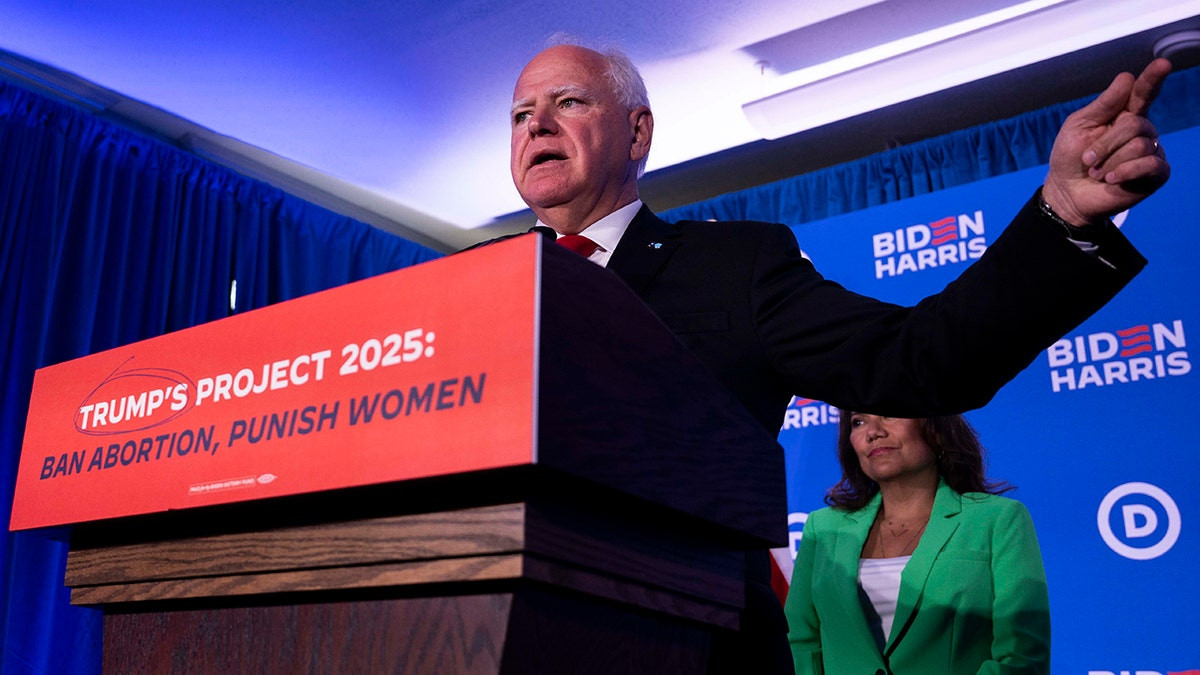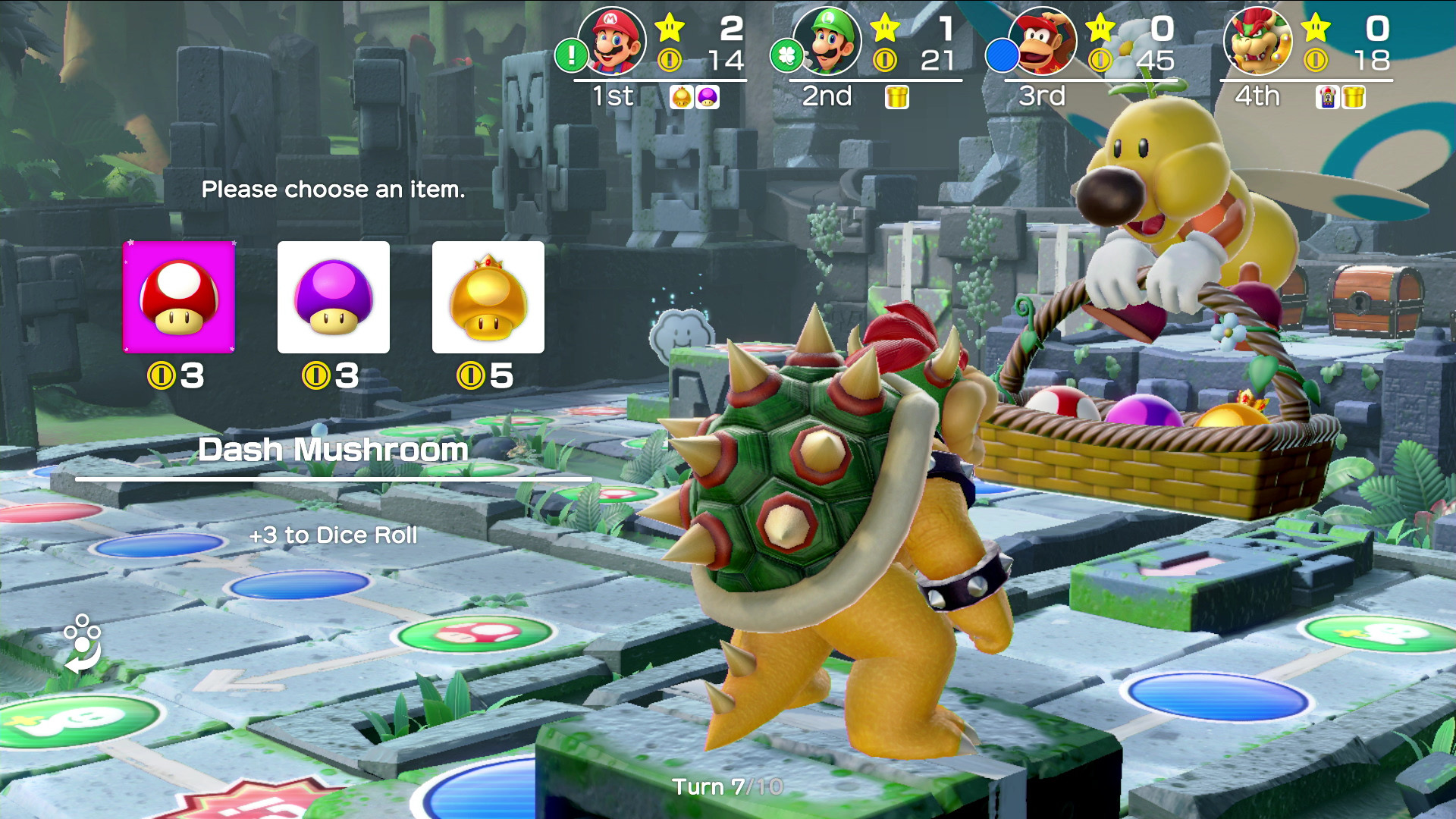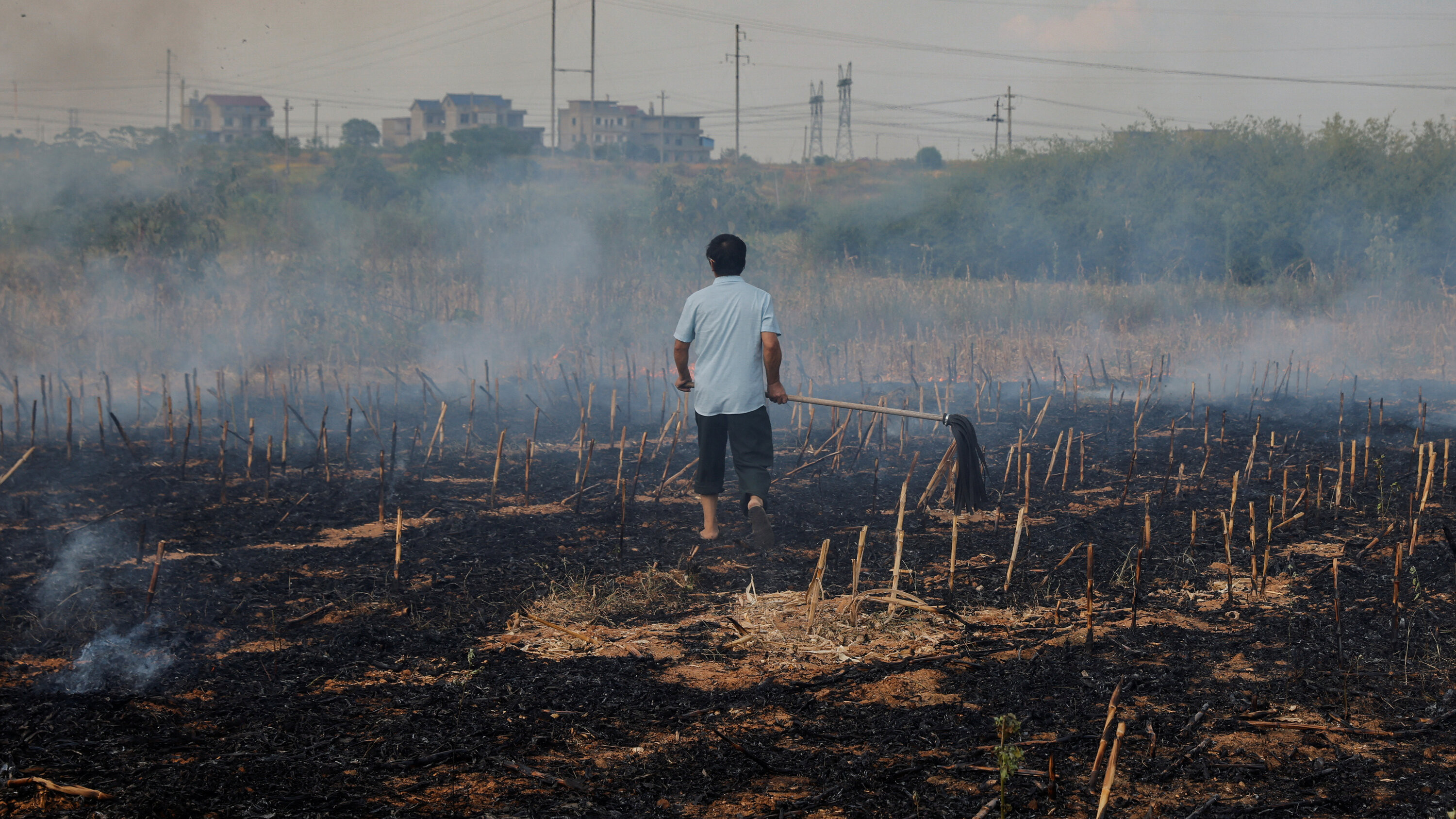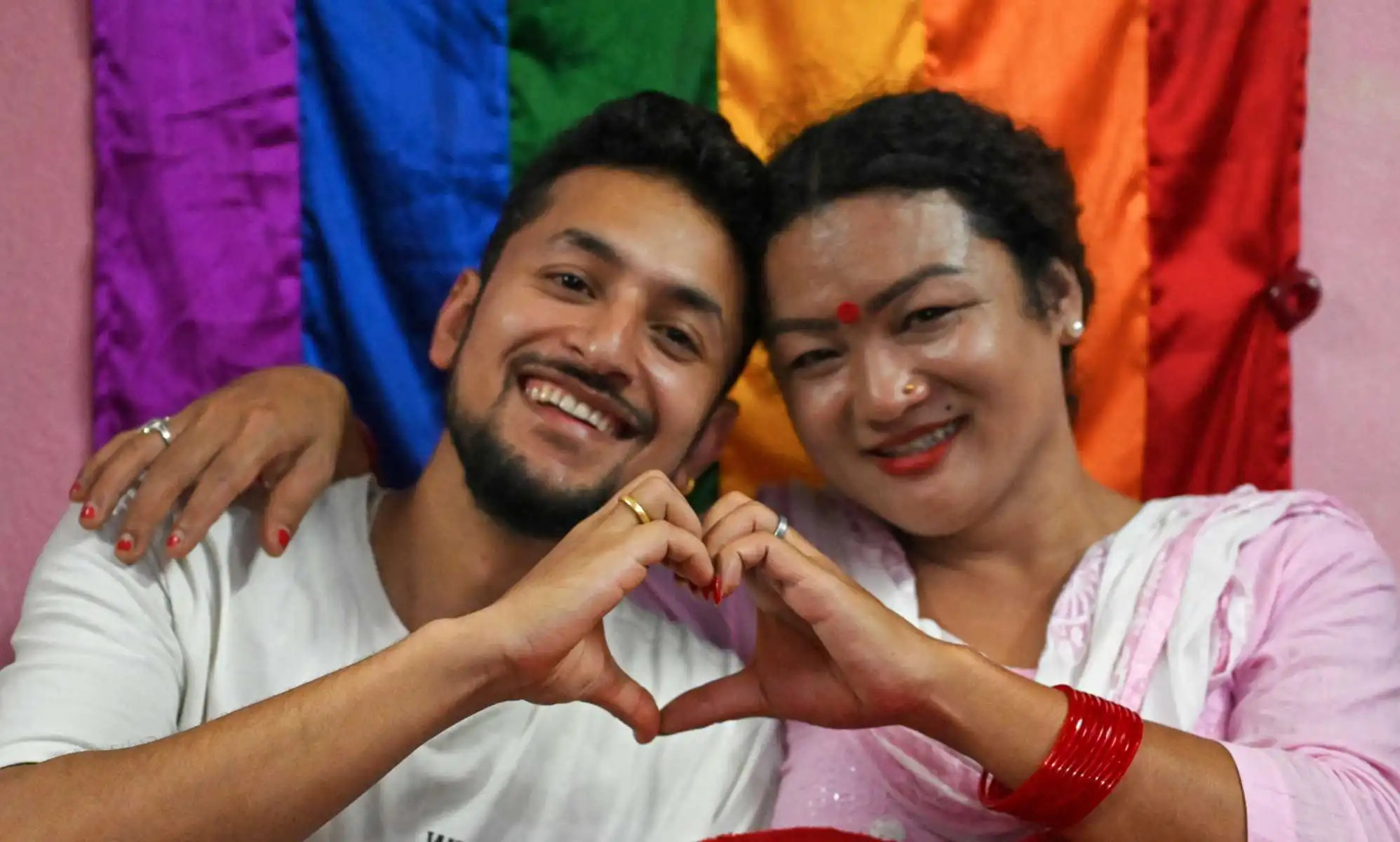Ganesh Chaturthi, one of the most important Hindu festivals, will be celebrated this year on Saturday, September 7. This festival, also known as Vinayaka Chaturthi, marks the birth anniversary of Lord Ganesha, the deity of wisdom, prosperity, and good fortune. The celebration lasts for ten days, culminating in Ganesh Visarjan on Tuesday, September 17, 2024, where devotees immerse Ganesha idols in water.
Ganesh Chaturthi 2024 Timings and Rituals
Madhyahna Ganesha Puja Muhurat: The most auspicious time to perform Ganesh Puja is during Madhyahna, which is the midday period in the Hindu division of the day. For 2024, the Madhyahna Ganesha Puja Muhurat falls between 11:04 AM and 01:35 PM, giving devotees a duration of 2 hours and 31 minutes to perform the rituals.
Avoiding Moon Sighting
A key ritual during Ganesh Chaturthi is to avoid seeing the moon on this day. Sighting the moon is believed to bring about Mithya Dosha, a false accusation or blame. According to Hindu legends, this curse is linked to Lord Krishna, who was falsely accused of theft after accidentally seeing the moon on Ganesh Chaturthi. To avoid this, devotees should refrain from looking at the moon from 09:30 AM to 08:46 PM on September 7, 2024. For those who mistakenly see the moon, chanting the mantra “Simhah Prasenamavadhitsimho Jambavata Hatah, Sukumaraka Marodistava Hyesha Syamantakah” is recommended to nullify the curse.
Ganesh Chaturthi Significance and Traditions
Ganesh Chaturthi is celebrated with great enthusiasm across India. Lord Ganesha is worshipped as the remover of obstacles and the god who is invoked before any other deity in Hindu rituals.
Ganesh Chaturthi, the grand festival that pays homage to Bhagwan Ganesh, is one of the most revered celebrations in India. Widely recognised for his elephant head and associated with wisdom, prosperity, and the removal of obstacles, Bhagwan Ganesh’s birth is celebrated annually with a 10-day festival that culminates in a vibrant farewell procession.
Bhagwan Ganesh, the son of Bhagwan Shiva and Mata Parvati, is not just a deity but a symbol of order and success in the universe. Devotees believe that worshipping Ganesh before embarking on new ventures or journeys brings blessings. It is not uncommon to find images or statues of Ganesh in homes, businesses, and even intellectual institutions, as his presence is thought to remove obstacles and clear the path to success.
Historical Significance and Evolution
While the exact origins of Ganesh Chaturthi are uncertain, historians suggest that the festival gained prominence in the 1600s under the reign of Shivaji Bhosale I, the Maratha king, who sponsored public celebrations of the festival. However, it was in the 19th century that the festival became a major public event under the guidance of Indian freedom fighter Bal Gangadhar Tilak. In 1892, despite British restrictions on large gatherings, the cities of Pune and Mumbai saw massive celebrations, with the festival becoming a symbol of national unity and a rallying point for the Indian independence movement.
Ancient Roots and Iconography
The roots of Bhagwan Ganesh’s worship date back to ancient Vedic literature, though his association with the classical Ganapati form evolved over time. References to a “guardian of the multitudes” are found in the Rigveda (2.23.1 and 10.112.9), which some scholars suggest may be an early nod to Ganesh, though the deity we know today takes a more defined form in post-Vedic texts.
Over the centuries, Ganesh has been immortalized in various religious texts, including the Grhya Sutras, Vajasaneyi Samhita, and the Mahabharata, where he is referred to as Ganesvara and Vinayak. The Skanda Purana, Narada Purana, and Brahma Vaivarta Purana elevate him as the “god of success” and remover of obstacles, praising his many attributes.
Archaeological evidence of Ganesh’s prominence can be found in the carvings of temples like Ellora Caves, where Ganesha is depicted alongside Hindu deities, dating as far back as the 5th century CE. By the 8th century, his worship was firmly established across Hindu, Buddhist, and Jain communities.
Rituals and Festivities
The festival of Ganesh Chaturthi begins with the installation of intricately crafted clay murtis of Bhagwan Ganesh in homes and public spaces, known as pandals. These murtis are adorned with flowers and lights, creating a festive atmosphere. The ceremonies officially begin with Prana Pratishta, a ritual where mantras are chanted to invoke the presence of Bhagwan Ganesh into the clay murti. This is followed by the Shodashopachara, a 16-step worship performed by priests to honor the deity.
Each day of the festival is marked by the distribution of prasad (blessed food), which is shared with the community. Devotees meditate on the deeper meanings of Ganesh’s form, fasting, and offering prayers to gain his blessings. As the festival progresses, the sense of devotion grows, and communities come together in a spirit of unity and joy.
The last day of Ganesh Chaturthi is marked by two significant rituals—Uttarpuja and Ganpati Visarjan. Uttarpuja is a final act of worship, a ceremonial goodbye to Bhagwan Ganesh. After this, the murti is carried in a grand public procession, accompanied by kirtan (devotional songs) and the beating of drums, to a nearby river, lake, or sea for immersion. The immersion, known as Ganpati Visarjan, signifies Bhagwan Ganesh’s return to his celestial abode on Mount Kailash, where he resides with his parents, Shiva and Parvati. The immersion is a symbolic act, representing the cyclical nature of creation, preservation, and dissolution.
Today, Ganesh Chaturthi remains a vibrant celebration of faith, unity, and cultural pride. It is not only a religious festival but a reflection of the deep-rooted spiritual heritage of India. The devotion to Bhagwan Ganesh and the enthusiasm with which the festival is observed continue to transcend generations, ensuring that this celebration remains a cornerstone of Hindu tradition.




